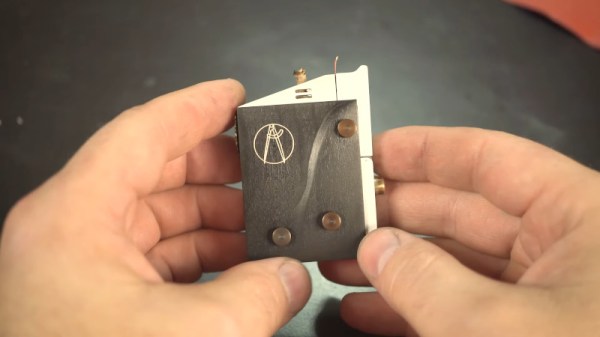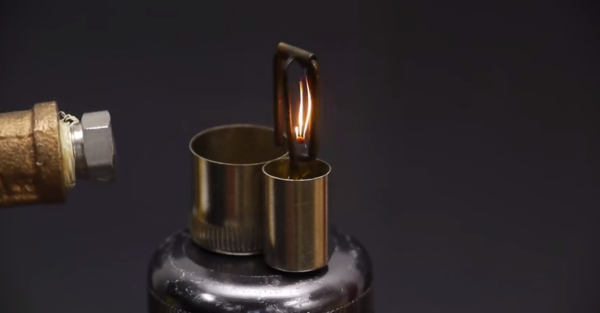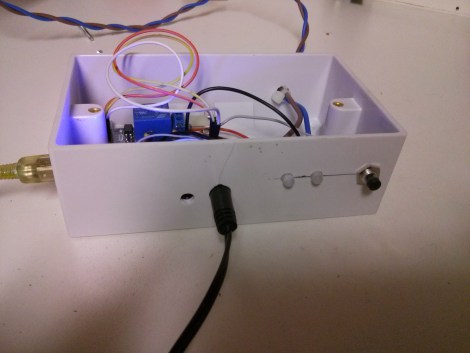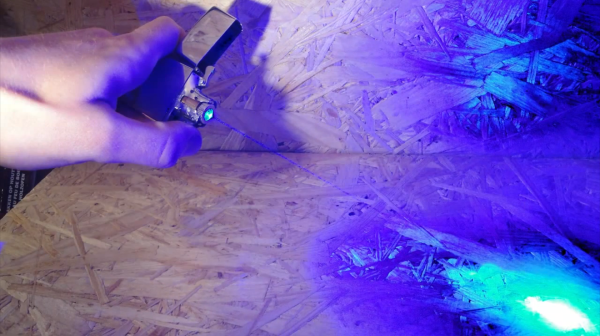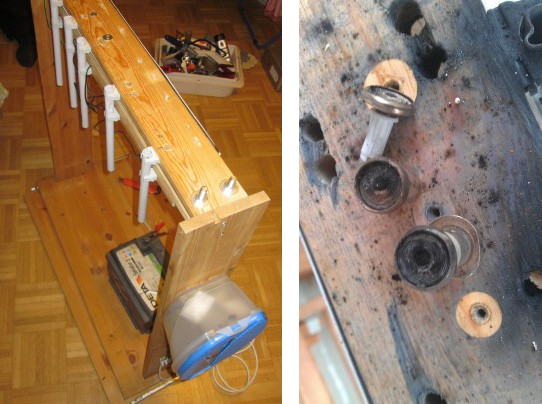Depending on the age of your car, it might contain a round 12 V power outlet in the dash, or possibly in the elbow compartment. And depending on your own age, you might know that as the cigarette lighter port. Whereas this thing used to have a single purpose — lighting cigars and cigarettes via hot coil — there are myriad uses today, from charging a phone to powering a dash camera to running one of those tire-inflating machines in a roadside emergency.
But how did it come to be a power source inside the vehicle? And how long will it stick around? With smoking on the decline for several decades, fewer and fewer people have the need for a cigarette lighter than do, say, a way to charge their phone. How long will the power source survive in this configuration?
Continue reading “How Much Longer Will Cars Have Cigarette Lighter Ports?”


